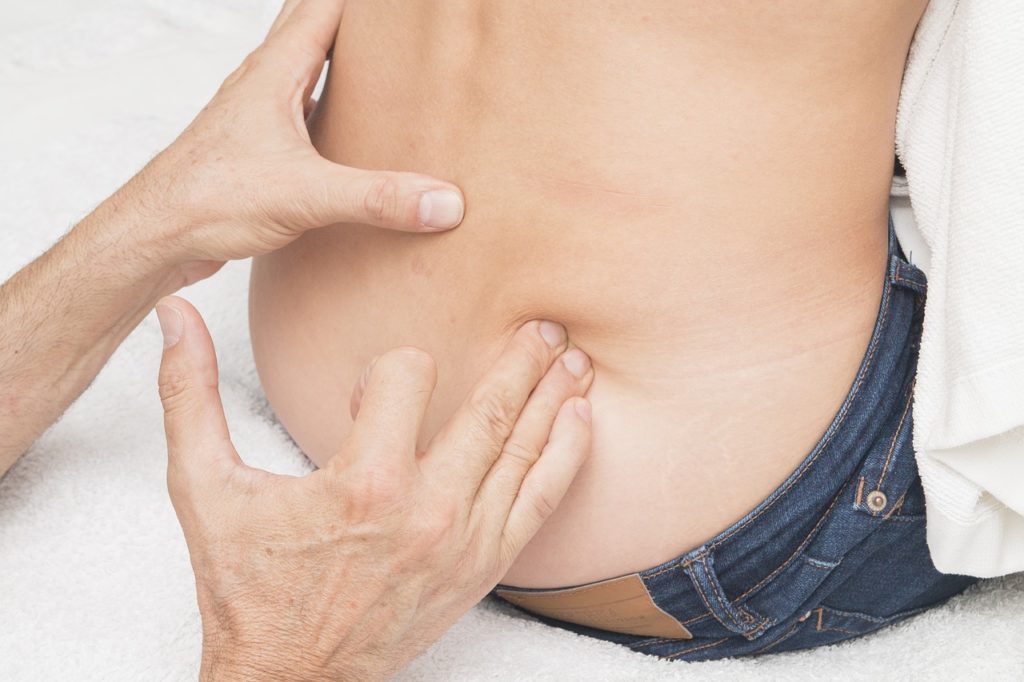Pelvic floor – what, where and how to help

Pelvic floor
What? Where? I hear you say.
Isolate!
How? You cry!
You’ve probably heard the terms pelvic floor weakness, stress incontinence, strengthening etc but maybe you aren’t too sure what they mean and more importantly, how they can change your life.
Your pelvic floor, (for men and women), plays an incredibly important role in your everyday life.
This little muscle supports your bladder and bowels, and regulates just how easy – or hard – it is for you to use the toilet.
First things first – where it is and what it does
The anatomy bit:
Your pelvic floor is a kite-like shaped group of muscles that attaches to your pubic bone, sit bones and coccyx. It forms the base of your pelvis, and has the vital role of supporting your bladder, bowels, vagina (in women, obviously) and your rectum.
It works together with your transverse abdominus which is the girdle-like deep abdominal muscle that supports your mid-section and spine.
Find and seek – how do you feel where it is?
There are tricks to help you visualise where your pelvic floor is and how to activate it.
Sit down and relax completely, then draw your lower tummy in which will assist with pelvic floor tightening, and then draw in the muscles around your urethra, vagina and anus (imagine trying to stop doing a wee and holding in gas). These are the pelvic floor muscles and you should feel a lift and squeeze (no pushing down).
What happens when things go wrong?
Most of the information you read about pelvic floor focuses on women because most complaints of pelvic floor weakness come from damage sustained during childbirth (but it’s not the only reason you might have pain).
However, men also have a pelvic floor and heavy weightlifting and excessive cardio exercise can damage the pelvic floor. In fact, pelvic floor weakness is common in professional athletes, many of whom haven’t even had children yet.
A typical sign of pelvic floor weakness is leaking small amounts of urine when coughing, sneezing, laughing or exercising. You many also have a sensation of “heaviness” in the vagina.
Pelvic floor safe exercises
Easy does it – the key to strengthening pelvic floor muscles is safely and conservatively.
Over-doing pelvic floor exercises can cause the pelvic floor to become too tight, which can cause chronic pain.
If you are diagnosed with a weak pelvic floor, you should still exercise, just use exercise variations (check with a trainer either at your gym or near you for guidance) to avoid bearing down on your inner abdominals.
Choose exercises that do not place undue stress on the pelvic floor.
Eg: seated cycling, walking on a treadmill, exercise performed sitting on a Swiss ball and side-lying exercises.
Pilates is great for pelvic floor strengthening – the focus is very much on pelvic floor activation and strengthening the core muscles with specific, controlled exercises.
You’re not alone
Despite using pelvic floor every day to go to the loo, many people don’t actually know how to contract (or tense) their pelvic floor on command.
30 to 35 percent of women perform pelvic floor contractions incorrectly.
The best way to know if you’re accurately contracting the pelvic floor is to have an internal vaginal examination, where a professional can palpate the inner muscle wall. There are specialist pelvic floor physiotherapists who can do this. They may also use an ultra sound machine to show you exactly what happens when you contract your pelvic floor and put pressure on it by coughing for example.
Stress incontinence – it can be helped
Incontinence is a symptom of a weak pelvic floor that affects over 4.8 million Australians.
If practised frequently and with care, pelvic floor exercises can go an enormous way in managing those small leaks, so you can forget about panty liners.
60% – 80% percent of stress incontinence can be cured with pelvic floor safe exercises. Please seek help from a professional to ensure you do the exercises correctly – if you’re going to make the effort you might as well get it right.
But remember: pelvic floor exercises alone won’t cure incontinence – you need to actively engage your pelvic floor as you feel a cough or a sneeze coming on.
Don’t worry if this sounds like a lot of effort – it becomes second nature after a while.
Relaaaax
As with your regular exercise routine, rest is vital with pelvic floor exercises too.
Many people try to hold their stomach in all day, which may lead to a weakened pelvic floor as it tires from the constant tension.
Imagine trying to hold a squat all day!
Still unsure – find a professional like a women’s health physiotherapist to have yourself examined and get clear guidance.
For pelvic floor safe exercises come and try Pilates mat classes with GoForFit. For details on these and other classes go to:
http://goforfit.com.au
